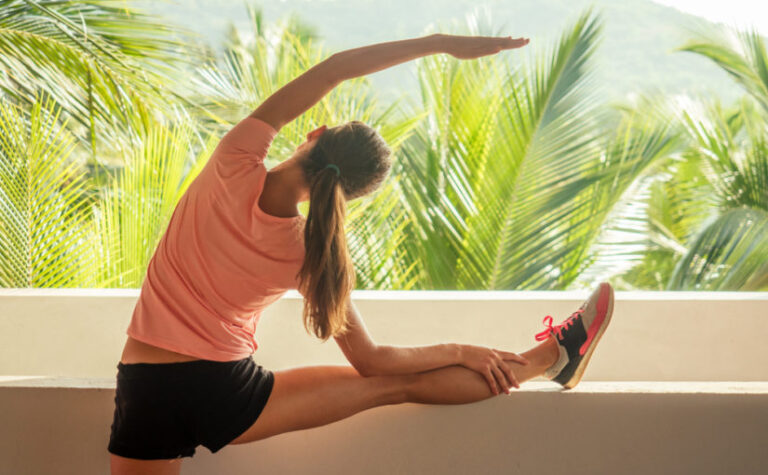
The corresponding rotation of the lower body joints in flexion-extension where we understand ankle-knee-hip and, consequently, its muscles in question, glutes-quadriceps-adductors-ischitobials-calves or tibialis anterior -some as main exercisers and others as opponents-, they carry a very important kinetic chain for a correct body posture and strength for daily actions.
For those who love lower body training … which exercise is better? ¿ Squat or ‘Lunges’? Difficult question. However, we will analyze it in detail to know the differences between one exercise and another, below.
Alternating squats and lunges, a good option
The squat has its origins in the old school of bodybuilding. The ‘lunges’ we could say that they are an evolution of it. Therefore, regardless of the loads used, the lunge entails more difficulty and will force us to load less external load than the squat, which is a more linear movement within the alignment of body axes.
In addition, the lunges usually performed more frequently in sports performance, with a base between strength and functionality. However, the squat does not take into account its variants in plyometric jump or before the force clean. It is more analytical for the development of strength in the lower body.
Which is better? As we mentioned: it depends on what for. And what do we recommend? That you apply both one and the other. The variability in the exercises is key to progress, you can perfectly perform a strength work in a guided squat without jumping. To later make the stride or ‘lunges’ with less load, both advancing in space and in the same space.
Common variants in the two exercises
The positive part of doing both exercises is based on your potential to vary them. In the squat we can make variations in the angle of flexion, or even not just apply the classic Olympic bar. It is possible to perform this gesture with the Bulgarian bag, a medicine ball or dumbbells in a natural anatomical position.
That said, being a more dynamic technical gesture and with a greater working angle on the lower extremities, the lunge allows us to perform it laterally, and even with linear movements in a space. And of course, with the accessories already mentioned for the squat.
Postural hygiene: essential for squats and lunges
The most important aspect of either of the two exercises discussed is correct technique. It is common that, in our day to day, we strain our upper back and neck to look at the mobile phone, drive or work sitting in the office. As a consequence of this rigid and static posture, a kyphosis curvature (a hump) can be created in our back, especially in the cervical area, which moves towards the dorsal and lumbar area.
Both the lunge and the squat require perfect technique, since it involves a large sector of muscle groups. Therefore, remember to keep your back straight with natural anatomical patterns, bend your knees without exceeding yourself and without exceeding the balls of your feet, unless you are an advanced user. And, of course, without abusing the external load.
Choosing Between Squats or Lunges: Tips for Beginners
We recommend, first of all, polishing the technique of any exercise without external load, only your own body weight, to strengthen the legs without damaging the knees. Once achieved, it is preferable to start with the machine-guided squat. And later, once guided patterns have been acquired in the verticality of the exercise, proceed to the stride where the commitment is greater.
At the end of the day, it is a matter of taste, but as always, apply all the resources you have around you to increase your level and experience. In this way, physical improvement will be assured. Do not forget that an exercise exclusively will not provide you with a good physical performance, rather, a diversified compendium. Variety (and professional supervision) is the key!







